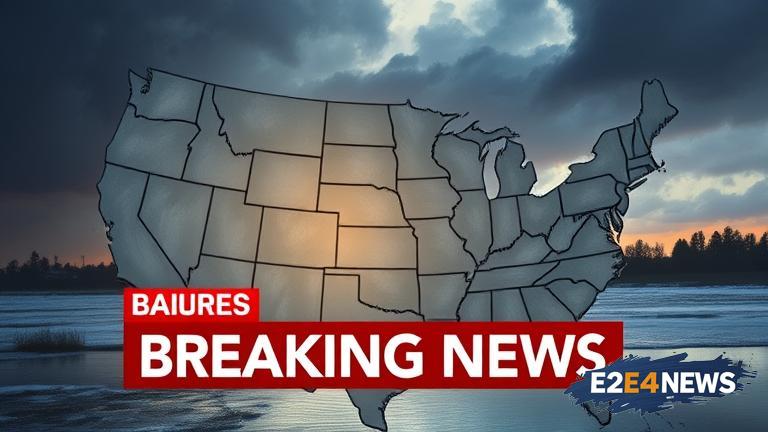The US has been hit by a series of extreme weather events in recent months, including hurricanes, wildfires, and floods. These events have caused significant damage to infrastructure, homes, and businesses, and have resulted in loss of life. The National Oceanic and Atmospheric Administration (NOAA) has reported that the number of extreme weather events in the US has increased by 15% over the past year. This rise in extreme weather events is attributed to climate change, which is causing more frequent and intense heatwaves, droughts, and storms. The economic impact of these events is substantial, with estimated costs running into billions of dollars. The human toll is also significant, with many people displaced from their homes and struggling to access basic necessities like food and water. The US government has been criticized for its response to these events, with some arguing that more needs to be done to prepare for and mitigate the effects of extreme weather. The Federal Emergency Management Agency (FEMA) has been working to provide aid and support to affected communities, but its resources are often stretched thin. In addition to the immediate impacts, extreme weather events also have long-term consequences for the environment and public health. For example, wildfires can lead to poor air quality and increased risk of respiratory problems, while floods can contaminate water sources and lead to the spread of disease. The US is not alone in experiencing extreme weather events, with many other countries around the world also struggling to cope with the impacts of climate change. However, the US is one of the largest emitters of greenhouse gases, and its actions to reduce emissions and transition to renewable energy sources will be critical in determining the trajectory of global climate change. The scientific community is clear that human activities, particularly the burning of fossil fuels and deforestation, are driving climate change and increasing the risk of extreme weather events. Despite this, there is still much that can be done to reduce the risks and impacts of these events, including investing in climate-resilient infrastructure, improving emergency preparedness and response, and promoting sustainable land use practices. Furthermore, individuals can also take steps to reduce their own carbon footprint and contribute to a more sustainable future. This includes making changes to daily habits, such as using public transport or carpooling, reducing energy consumption, and eating a plant-based diet. Ultimately, addressing the root causes of climate change and reducing the risks of extreme weather events will require a collective effort from governments, businesses, and individuals around the world.
